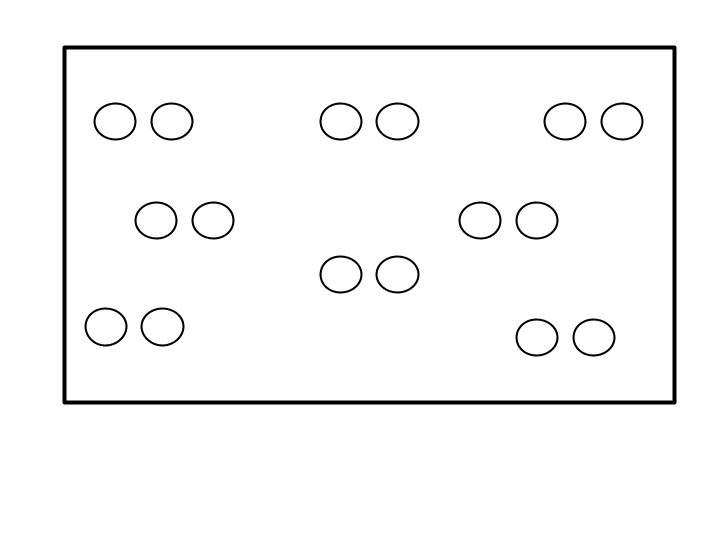تشكيلات المجموعة: إيجابيات وسلبيات واستراتيجيات
 يحاول
يحاول
بالنسبة للطلاب الذين يشعرون بالضعف في دائرة الضوء، جرب تشكيلًا منخفض التركيز مثل: "اختر مكانًا في الغرفة" أو دائرة (مثل: "يمكنك حتى أن تحاول مواجهة الخارج!").
 يحاول
يحاول
عندما ترغب في تعزيز التعاون بين الأقران والسماح للجميع بالشعور بأنه مرئي ومسموع ، جرب مجموعات صغيرة أو شركاء.
 يحاول
يحاول
بالنسبة لحالات الإقامة، اختبر بعض التشكيلات في صفوفك المبكرة - بما في ذلك وضع البالغين في الغرفة - لترى كيف يستجيب طلابك.
دائرة / نصف دائرة
يجتمع الطلاب في شكل دائرة أو نصف دائرة إما جالسين أو واقفين.
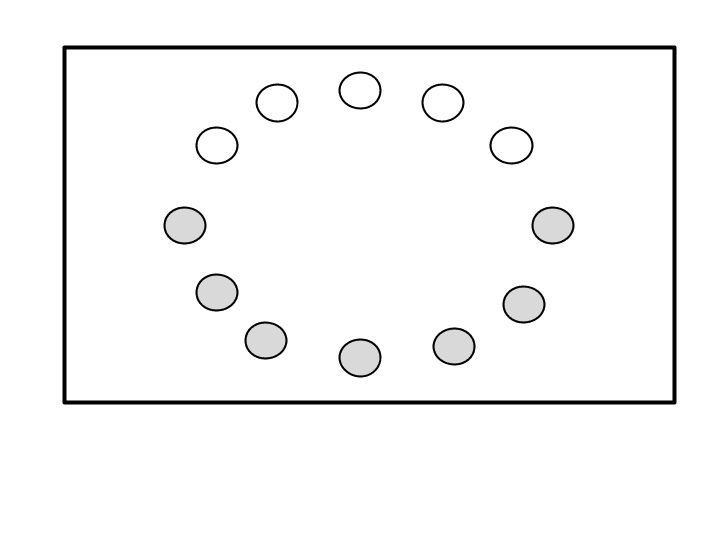
مشتت
تشير الأنشطة المتفرقة إلى أي تشكيل ينتشر فيه الطلاب في جميع أنحاء المكان. يمكن أن يكون ذلك ثابتًا (أي أن يجد كل طالب مكانه الخاص به في المكان) أو نشطًا (أي أن يتحرك الطلاب في جميع أنحاء المكان).
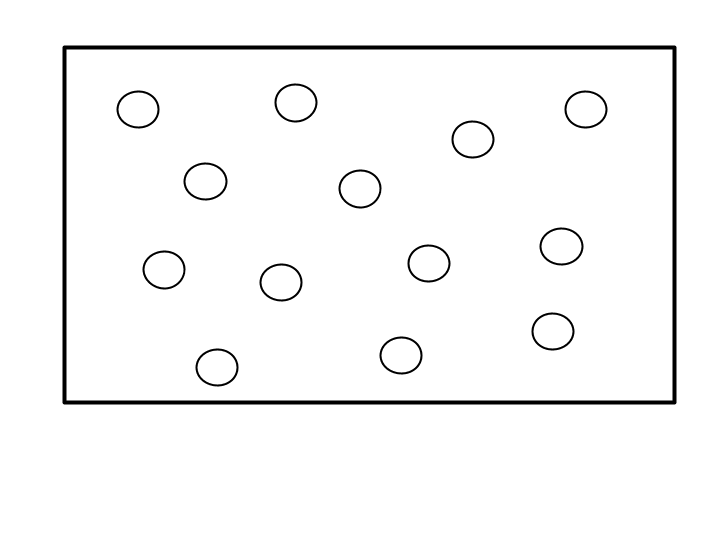
في الطاولات أو المكاتب
يستكشف الطلاب نشاطًا بشكل فردي، أو في مجموعات صغيرة من أماكنهم المكتبية (حسب الإعداد الحالي). حتى أثناء المشاريع التعاونية، يمكن أن يكون وقت العمل المستقل مفيدًا.

الجمهور / مساحة اللعب
يشير هذا إلى أي وقت يجلس فيه الطلاب في وضع واحد في مواجهة منطقة مفتوحة. يمكن أن تكون المنطقة المفتوحة إما مساحة للعب/المشاركة أو وسيلة للتركيز على الميسرين الذين يقومون بالتوجيه من المنطقة المفتوحة. يتضمن أحد الأشكال المختلفة لهذا التشكيل جلوس الطلاب في نصف دائرة، وهو ما يدمج بعض مزايا التشكيل الدائري مع مساحة اللعب/مساحة اللعب.
وتتضمن الأشكال الأخرى للرقص طوابير الرقص في اتجاه واحد أو أنشطة الرقص عبر الأرضية.
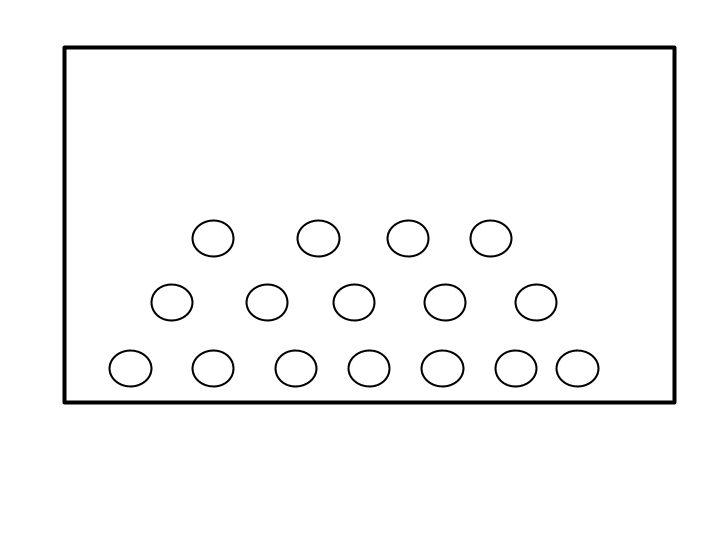
مجموعة صغيرة
يتميز هذا التكوين بتقسيم مجموعات صغيرة من الطلاب إلى مناطق مختلفة من الفضاء. يمكن تكييف هذا في شكل محطة ، حيث يظل الطلاب في مجموعة صغيرة ولكن يتناوبون في جميع أنحاء الغرفة للتفاعل مع المطالبات أو المهام المختلفة. غالبًا ما يكون هذا التكوين مفيدًا في أوقات الابتكار أو تكوين المجموعة.
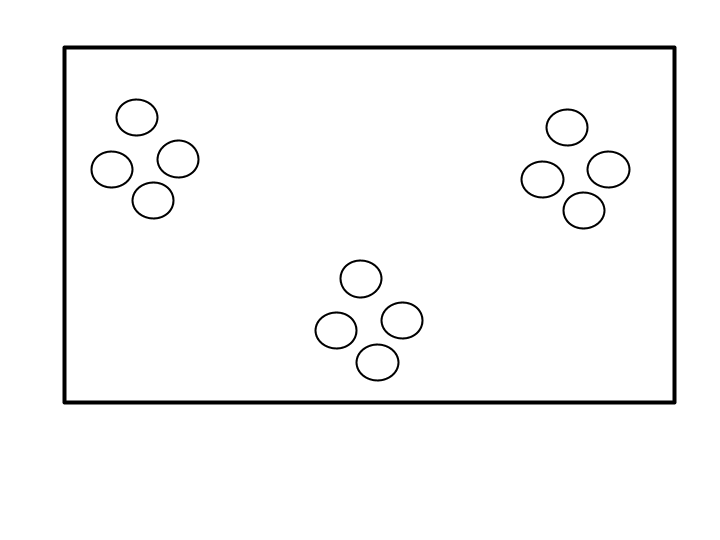
شركاء
يتميز هذا التشكيل بإعطاء الطلاب شريكًا واحدًا للعمل معه. يمكن أن يشير هذا إلى اللحظات التي يكون فيها الطلاب مع شريك ويجدون مساحة خاصة بهم في الغرفة، أو عندما يكون الطلاب في صفين متقابلين.
